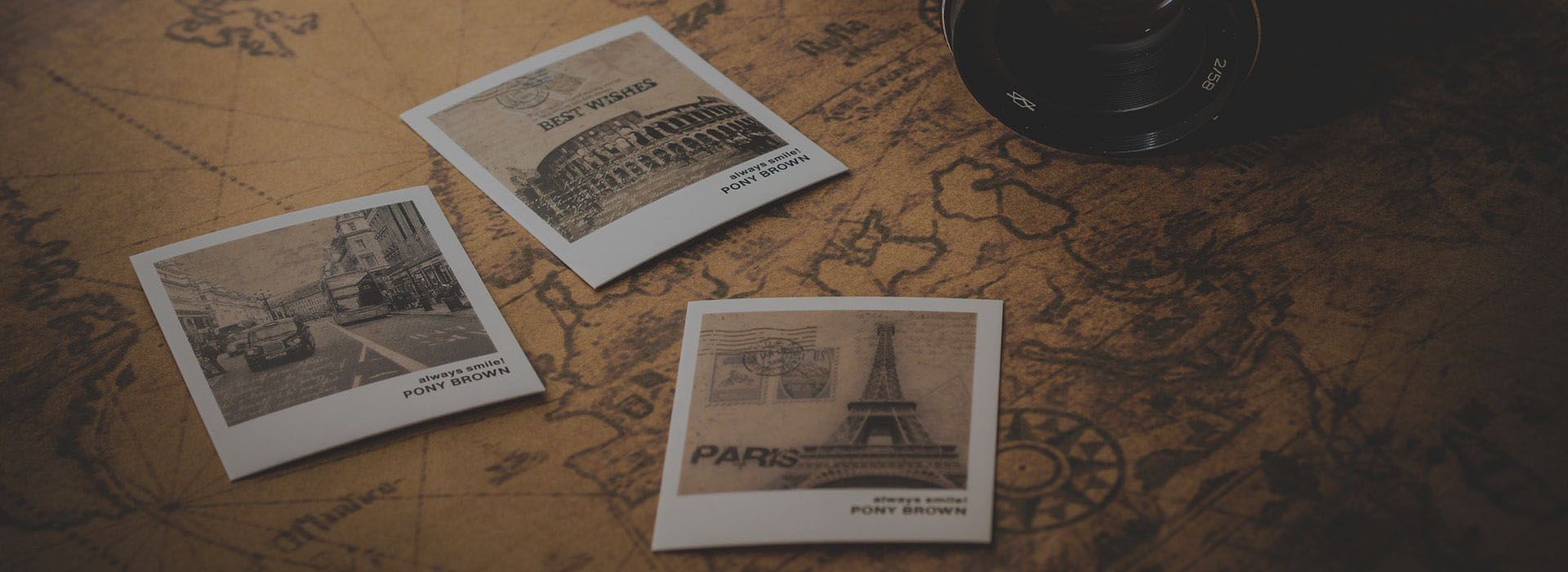Ningxia
Ningxia is one of China’s least well known provinces. Rich in history, Ningxia as we know it today was only given the status of a separate province as recently as 1958. The province was formed as an autonomous region for the Hui people. The Hui descend from Arab and Persian traders who beat the path of the famed Silk Road and make up over 30% of the provinces population. Areas of interest include Yinchuan, Zhongwei and Guyuan.
Yinchuan
Yinchuan has a history extending back over 1000 years. Well positioned geographically to shelter from the harsh desert plains and fiercely cold winters, there are more than 50 historical sights of interest to visitors.
Ningxia Provincial Museum
China’s Provincial Museums are always a good place to discover any Chinese city. Uncover the history of Ningxia Province including exhibits and artifacts dating back to the Western Xia Dynasty (1038-1227).
Chengtianshi (Xi Ta West Pagoda)
The Chengtianshi Pagoda was built in 1050, dedicated to the one year old child King, Li Liangzuo. It is believed that it took over 20,000 men more than five years to complete.
Haifa Ta (North Pagoda)
One of the 16 famous pagodas of China, the Hai Bao Ta Pagoda is in the north of Yinchuan. Originally built in the 5th century the current pagoda was rebuilt in 1770 after an earthquake in 1739. Take the time to climb up the steps of the Pagoda to enjoy extensive views of Mount Helan.
Nanguan Mosque
With a strong history and Muslim influence, there are a number of Islamic mosques in Ningxia Province. Originally built in the Ming Dynasty (1368-1644), the mosque was largely destroyed during the Cultural Revolution. The current example was rebuilt in the early 1980’s. The mosque is still a place of worship for Yinchuan extensive Muslim population.
Western Xia tombs
The Western Xia Dynasty (1038-1227) was once a powerful dynasty in Northern China. The kingdom was influenced heavily by Tibetan and Mongolian influences. Visit the nine Imperial tombs and the 200 remaining tombs. The tombs are in pyramid style and the site covers over 50 square kilometres. Located 30 kilometres from Yinchuan.
Zhongwei
170 kilometres from Yinchuan, you can discover the laid back city of Zhongwei. It is said that the city has been inhabited for tens of thousands of years. An oasis from the harsh Tengger desert.
Gao Temple (High Temple)
The Gao temple has acted as a multi faith place of worship over its century’s old existence. As such the style is a mix of many influences. Built during the Ming Dynasty (1368 – 1644). The temple is large in size with over 250 rooms.
Shapotou
Shapotou is a wonderful scenic area of Ningxia Province. The landscape is quite unique with the lush green of the forest meeting the sweeping sands of the Desert. There is much to do her, from a ride on a camel to a desert Bungee jump. Enjoy a boat ride on the Yellow River in a traditional leather raft. Located 20 kilometres west of Zhongwei.
Guyuan
Guyuan is the gateway to the relatively unknown Buddhist grottoes of Xumi Mountain.
Xumi Shan Grottoes
The areas that flanked the ancient Silk Road, to this day are still capable of unearthing hidden treasures. The relatively unknown Buddhist grottoes of Xumi Mountain date back to the Northern Dynasty almost 1500 years ago. You will find over 300 Buddhist statues including the impressive 21 metre high Miatreya Buddha.


